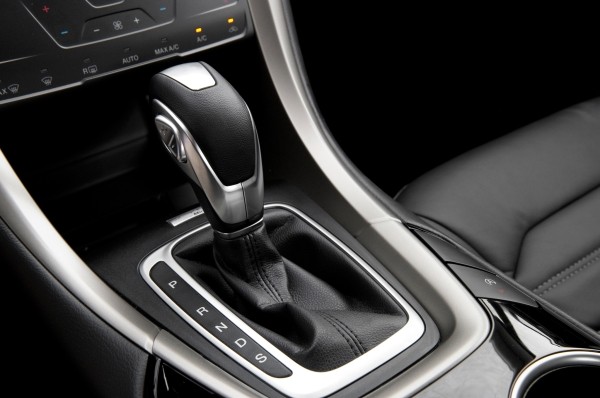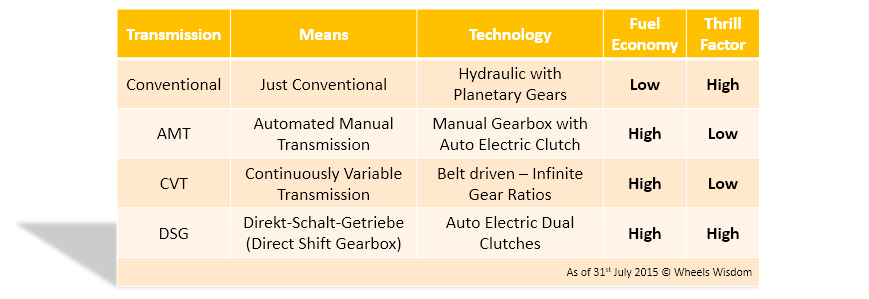
Our cities face an ever increasing car population, but only have so much road to offer! The result is stop and go traffic for long periods of time, and with it, hundreds of clutch presses and gear changes. Given that this is the case with all Indian cities and towns, cars with Automatic Transmissions (AT) are becoming increasingly popular. With only an Accelerator and Brake to manage, AT’s take the hassle out of shifting gears, and make long waits in traffic a little less exhausting.
Automatic Transmissions have had an interesting evolution in India. Unknown to many, AT’s have been available in India since the 1980’s, when they were made to order on Maruti 800’s for physically challenged drivers! Fast forward to the present, and customers have a huge variety of AT equipped car models to choose from.
However, as car buyers check out these models, they also realize that unlike Manual Transmission (MT), AT technology varies from car to car, making the choice – well, confusing! As with all articles on Wheels Wisdom, we wrote this one too with one clear objective – simplify complexity for our readers.
There are primarily four types of automatic transmissions currently on offer from major Indian manufacturers. Here’s an infographic we put together to make it really easy to understand. Take a look:
As a buyer, you must understand that the AMT and DSG are the closest to Manual Transmissions, in so far as the directness of connection between the engine and the drive is concerned. In simple terms, you can think of the coupling as being direct, with very little loss in transmission of power. CVT’s employ a belt to transmit power, but take advantage of infinite gear ratios, which result in high fuel efficiency. Infinite gear ratios are made possible by the use of a drum like component that has a varying diameter, as you look at it from side to side. Conventional Automatics don’t have a direct coupling between the engine and the drive at all – neither direct, nor driven by a belt. Instead, they have a fluid clutch. Again, in simple terms this means some engine power is lost in transmission, resulting in lower fuel efficiency.
Conventional Automatics are more reliable in the log run. They have been proven workhorses for decades, and are cheaper to make. The dampener in the case of conventional AT’s though, is the Fuel Economy. DSG’s on the other hand are technologically advanced automatics and are fun to drive, but still don’t offer bullet proof reliability. They are also more expensive to manufacture. CVT’s and AMT’s are not very exciting to drive, but are highly efficient and reasonably reliable as well.
That’s it! We’ve kept unnecessary detail and clutter out, so that you’re clear about what various Automatic Transmission technologies bring to you – the end customer.
Liked the article? Like or follow our social pages on Facebook, Twitter, or LinkedIn to get your regular feed of Wheels Wisdom articles.

